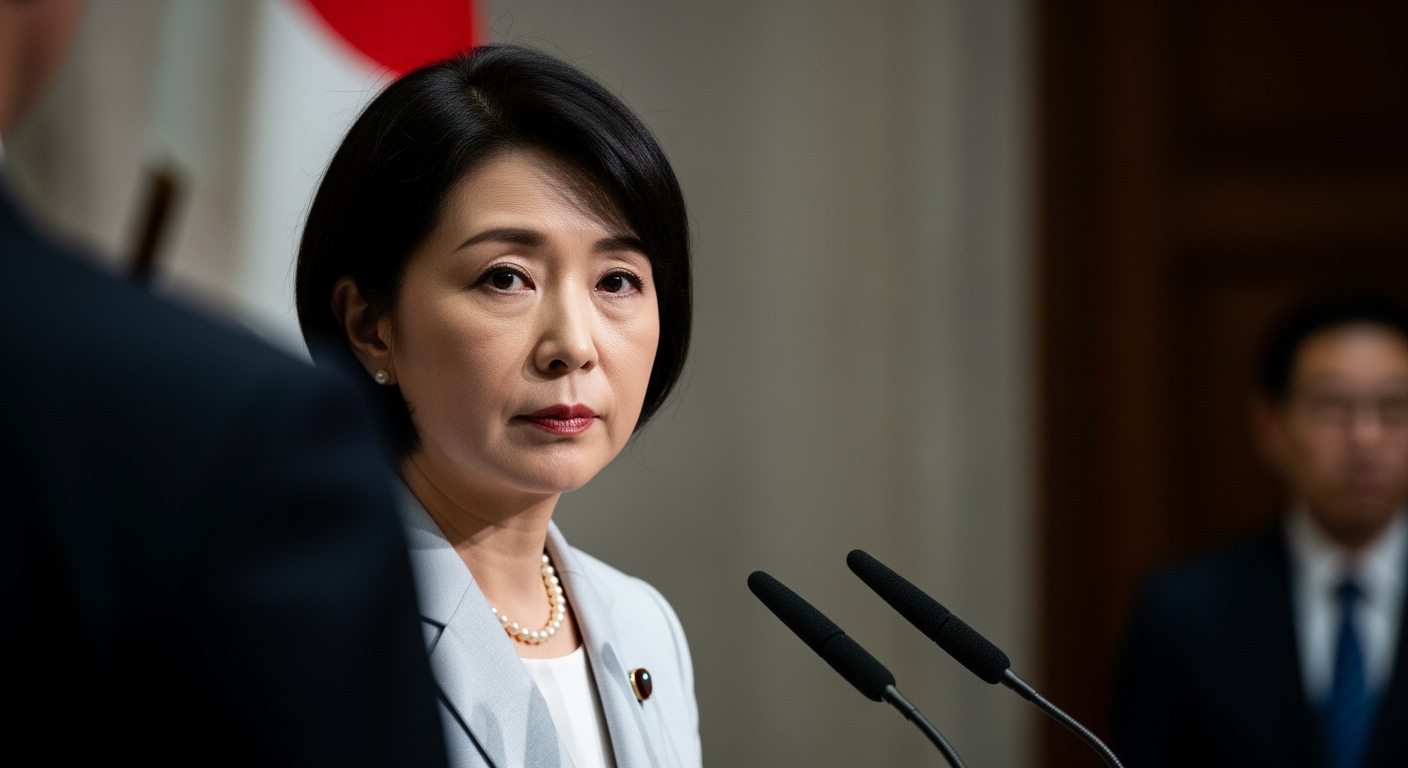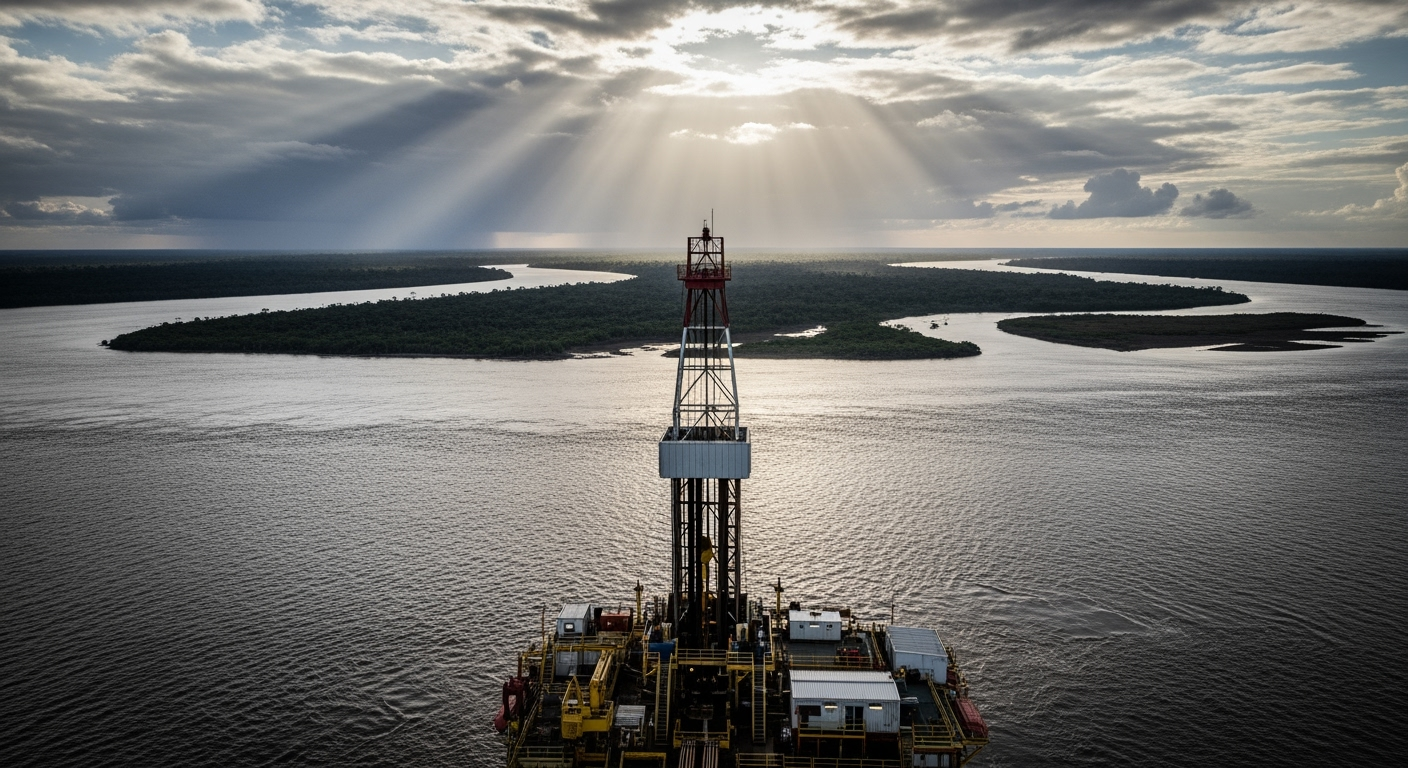Related Articles

German Chancellor's "Cityscape" Remarks Continue to Ignite National Debate

Japan Hails Historic Moment as Sanae Takaichi Becomes First Female Prime Minister





Washington D.C. – October 20, 2025 – In a pivotal move reshaping global resource geopolitics, President Donald Trump and Australian Prime Minister Anthony Albanese today formalized an $8.5 billion critical minerals agreement at the White House, aiming to significantly reduce Western reliance on Chinese-controlled rare earth supply chains. This historic accord, negotiated over several months, arrives amidst mounting concerns over China's tightening grip on essential materials and its recent imposition of unprecedented export restrictions on rare earth elements, sending ripples through global technology, defense, and renewable energy sectors. The partnership seeks to establish Australia as a cornerstone of an alternative supply network, positioning the nation's vast mineral wealth and established mining infrastructure as a strategic bulwark against potential economic coercion.
The United States has long grappled with its substantial reliance on foreign sources, particularly China, for critical minerals and rare earths—materials indispensable for advanced technologies ranging from smartphones and electric vehicles to sophisticated defense systems and renewable energy infrastructure. China currently dominates nearly 70% of global rare earth mining and over 90% of processing, a leverage it has increasingly exercised. Recent Chinese export controls, impacting 12 of the 17 rare earth elements and even restricting refining equipment, have underscored the urgent need for diversified, secure supply chains. White House National Economic Council Director Kevin Hassett emphasized that Australia's robust mining economy and abundant resources would be "really, really helpful in the effort to take the global economy and make it less risky, less exposed to the kind of rare earth extortion that we're seeing from the Chinese." This agreement represents a direct response to that vulnerability, aiming to build resilience into crucial supply lines.
Prime Minister Albanese characterized the agreement as an "$8.5 billion pipeline" of projects ready for immediate deployment, following four to five months of intensive negotiations between the two nations. While the full text of the agreement was not immediately available, key components outlined indicate a comprehensive investment framework. The partnership emphasizes equity-style investments, with the United States actively seeking ownership stakes in Australian mining operations to ensure long-term supply security. This approach moves beyond traditional trade arrangements, aiming for deeper integration and control over the supply chain. Initial commitments include a $1 billion contribution each from Australia and the United States over the next six months to fund joint projects. The agreement also explicitly includes support for Australian processing of rare earths, a critical bottleneck historically concentrated in China. Australia's capacity to expand these processing efforts was highlighted by Prime Minister Albanese. This holistic strategy extends beyond raw extraction to encompass downstream processing capabilities, technology transfer initiatives, and integrated supply chain development, addressing vulnerabilities and creating redundancies.
Australia stands as a vital partner in this strategic realignment, boasting the world's fourth-largest rare earth deposits and significant reserves of other critical minerals like lithium and cobalt. Beyond its geological endowment, Australia possesses an established mining infrastructure, advanced extraction technologies, and a stable regulatory framework attractive to international investment. The nation can supply 30 to 40 of the 50 critical minerals identified by the United States without requiring substantial additional infrastructure investment, and its capabilities extend to processed rare earths, addressing a key challenge in supply chain diversification. Companies like Lynas Rare Earths Ltd., the sole heavy rare earth producer outside Chinese control, are expected to benefit significantly from this partnership, with their shares experiencing substantial growth in anticipation of increased government backing and investment. This partnership also builds on previous collaborations, such as the US Department of Defense's 2020 agreement to fund a joint venture between Lynas and Blue Line to build a heavy rare earth separation plant in Texas. The Australian government's commitment to a A$1.2 billion strategic minerals reserve further underscores its dedication to treating critical minerals as strategic national assets.
The agreement signifies more than a bilateral trade deal; it represents a fundamental restructuring of global supply chains and a new paradigm for resource security cooperation among democratic allies. It strengthens the economic and defense cooperation between the US and Australia, intertwining their strategic interests in securing essential materials. The timing of the deal, coinciding with China's export restrictions, underscores the urgency and strategic importance placed on developing resilient alternatives. The White House indicated that the agreement also paves the way for further discussions on trade, submarines, and military equipment, linking critical minerals directly to broader defense and security cooperation, including the AUKUS pact. While investor enthusiasm is high and market expectations suggest accelerated project development, analysts caution that new processing capacity will take time to come fully online, with some projections extending later into the decade. Nevertheless, the formal signing of this $8.5 billion agreement marks a decisive step in the ongoing efforts to diversify critical mineral supplies, strengthen allied industrial bases, and mitigate the strategic risks associated with concentrated resource control.